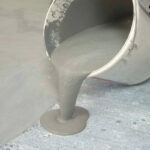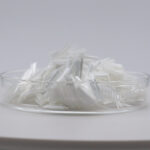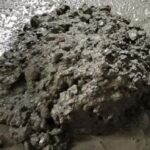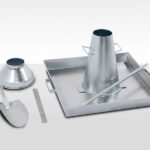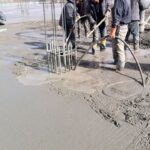Hydroxypropyl Methylcellulose (HPMC) exhibits excellent thickening properties. It serves as an effective concrete anti-dispersion agent. In the past, HPMC was a scarce chemical product with high costs, which limited its usage in the construction industry. In recent years, cellulose (HPMC) production technology has steadily advanced, leading to widespread utilization of HPMC in the construction sector.
HPMC dispersion resistance test
Strength characteristics of concrete
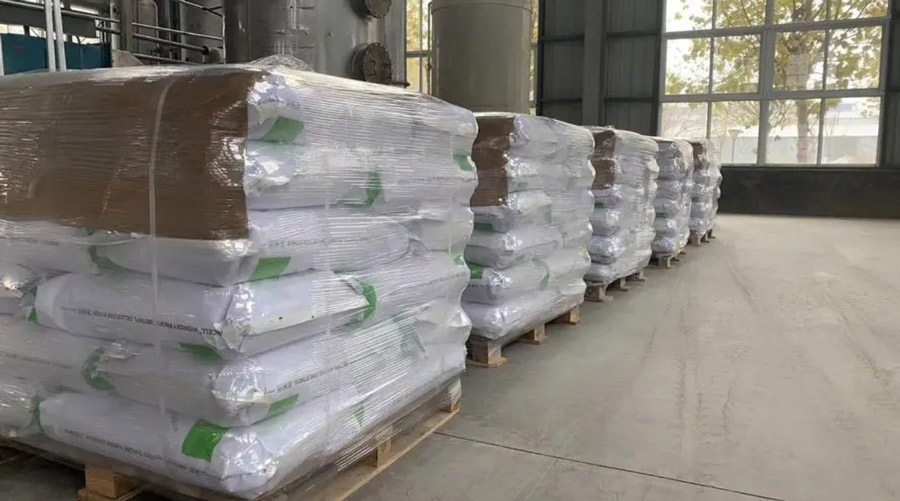
HPMC dispersion resistance test:
Dispersion resistance is a crucial technical parameter for measuring the quality of dispersion. HPMC, also known as water-soluble resin or water-soluble polymer, is a water-soluble high-molecular-weight compound. HPMC enhances the workability of mixtures by increasing their viscosity when mixed with water. It is a hydrophilic high-molecular material that can dissolve in water, forming a solution or dispersion. Experimental findings indicate that as the HPMC dosage increases, the dispersion resistance of freshly mixed cement mortar improves progressively.
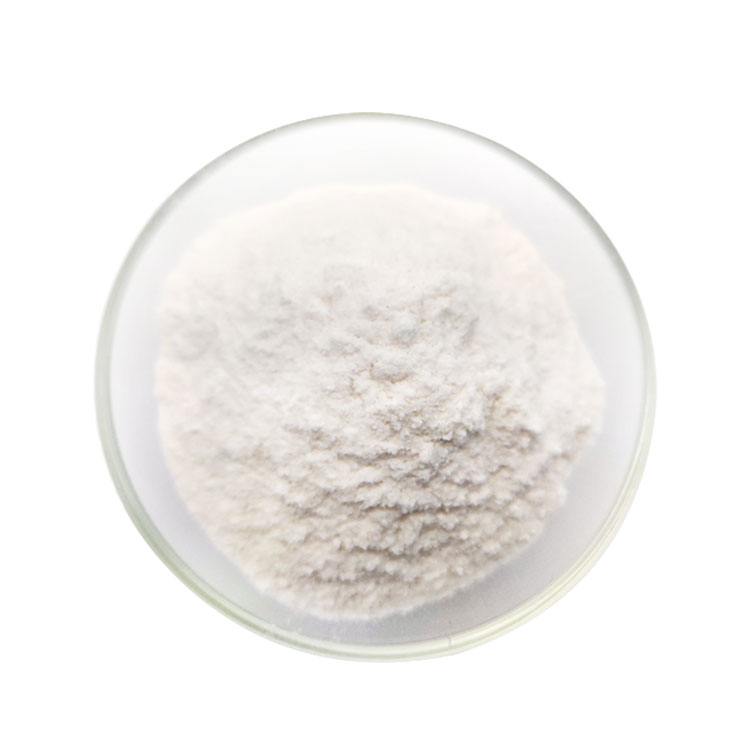
Strength characteristics of concrete:
- The addition of Hydroxypropyl Methylcellulose (HPMC) has a noticeable retarding effect on mortar mixtures. As the HPMC dosage increases, the setting time of the mortar progressively extends. Under the same HPMC quantity, mortar formed underwater takes longer to solidify compared to mortar mixed in the air.
- The freshly mixed cement mortar with the addition of Hydroxypropyl Methylcellulose (HPMC) exhibits excellent cohesiveness and minimal water bleeding.
- The HPMC dosage in mortar shows an initial decrease followed by a significant increase in water demand.
- The addition of water reducers improves the issue of increased water demand in mortar. However, it's important to control the dosage of water reducers appropriately, as excessive use can sometimes reduce the underwater dispersion resistance of freshly mixed cement mortar.
- The addition of Hydroxypropyl Methylcellulose (HPMC) as an underwater non-dispersing concrete admixture is advantageous for strength when the dosage is well controlled. Experiments indicate a significant improvement in strength, with underwater-formed concrete exhibiting 84.8% of the strength compared to air-formed concrete.
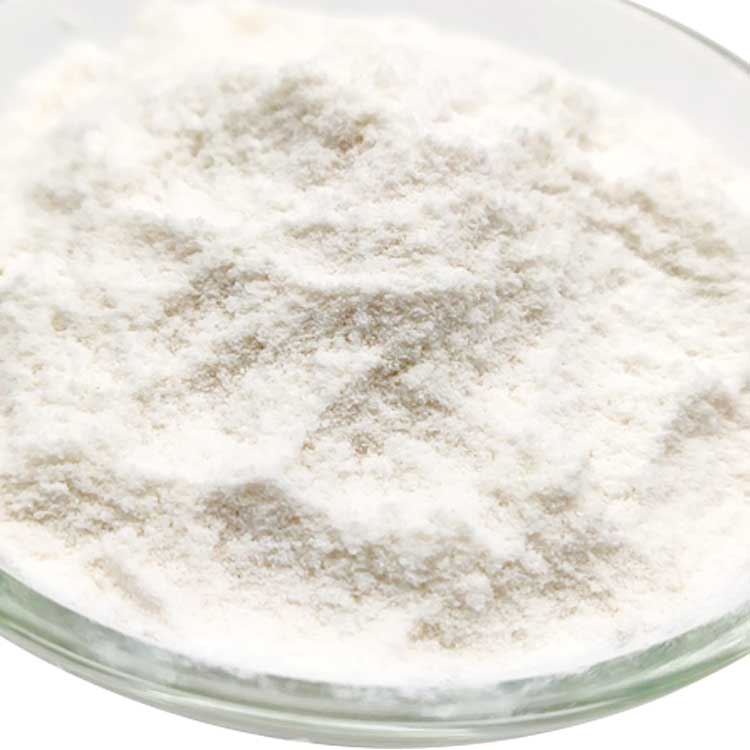
Thank you once again for reading the article. I welcome everyone to join the discussion on the characteristics of HPMC. If you'd like to learn more about concrete admixtures or concrete additives, please feel free to contact us.


